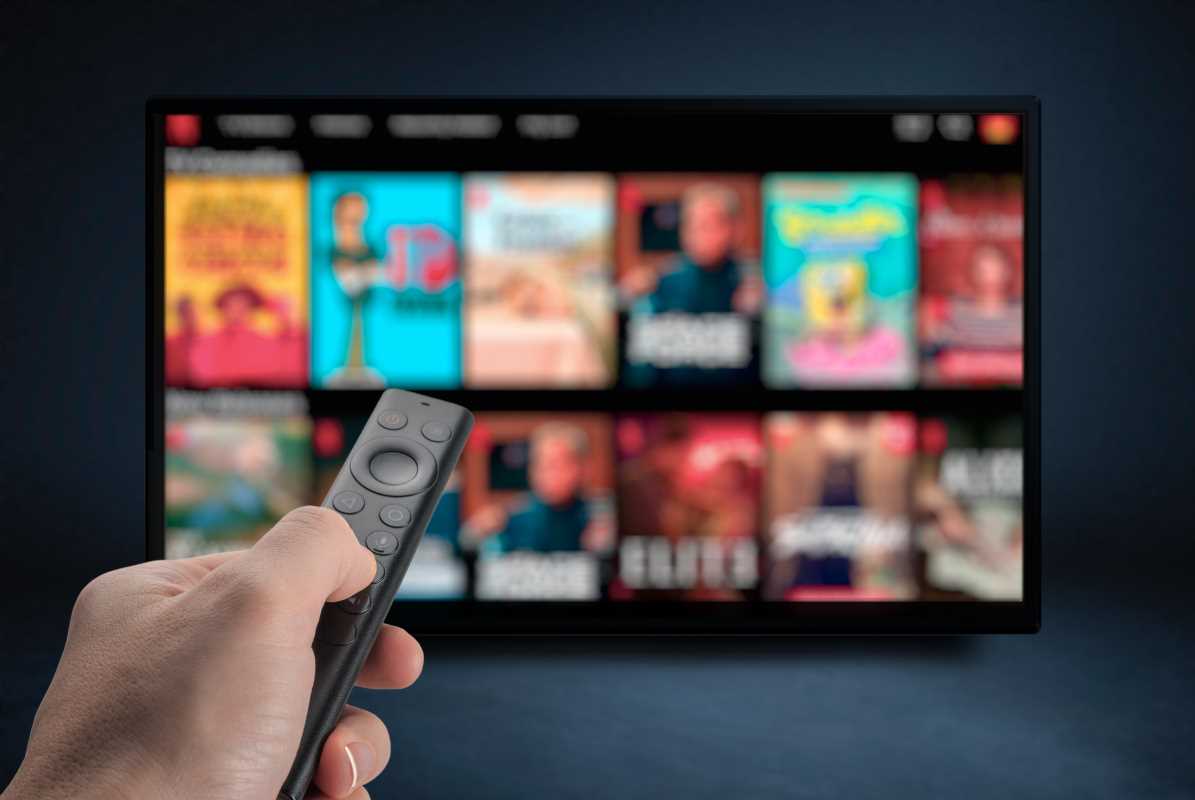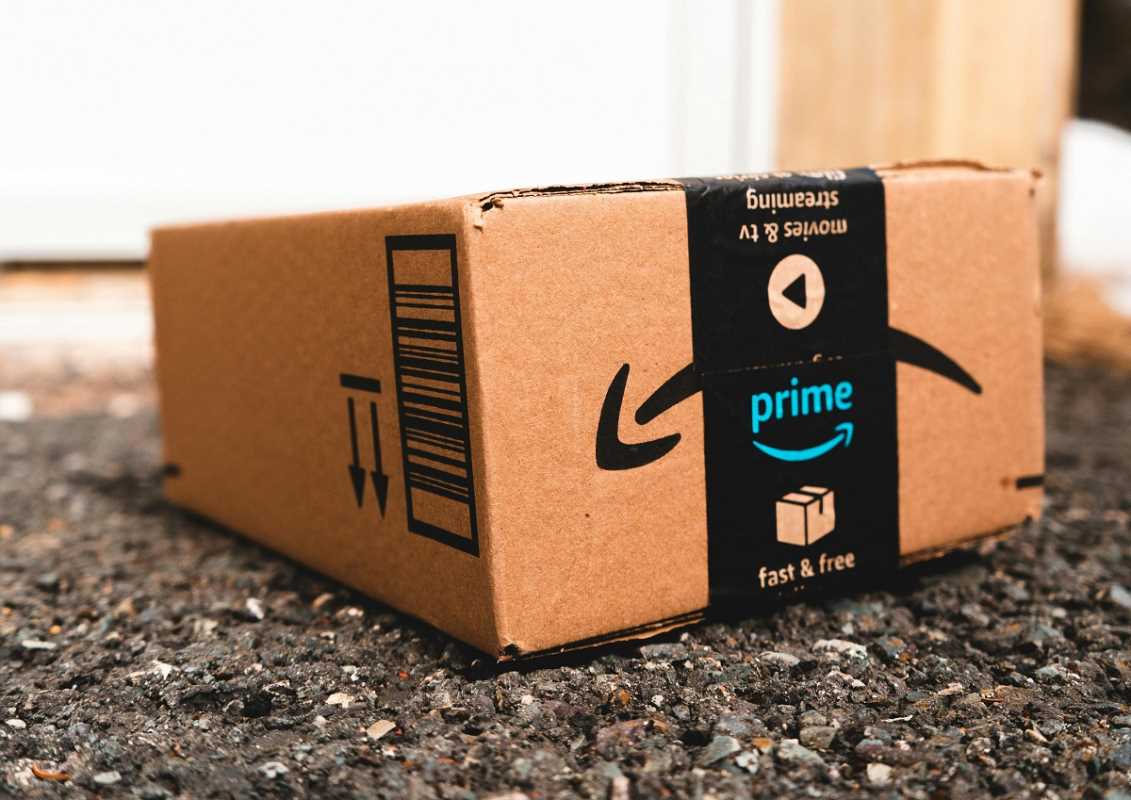Free trials are a shopper’s dream come true. They promise zero-risk access to premium entertainment, services, and products, often accompanied by enticing offers like “Try free for 30 days” or “Cancel anytime!” But for many, these “free” trials don’t stay free. If not managed well, they can quietly drain your wallet, burying you in monthly charges for subscriptions you don’t realize you’re paying for or no longer even use.
Fortunately, staying financially savvy doesn’t mean avoiding free trials altogether. It’s about identifying where they add value, spotting potential pitfalls, and using strategies to avoid falling into their budget-busting trap. Here's how to enjoy free trials responsibly without sabotaging your financial goals.
The Risks of Free Trials
While free trials can be a great way to try out new services or products, they come with some common challenges. Here are the biggest ways “free” trials could cost you more than you bargained for.
1. Forgetting to Cancel
This is the most common issue. You sign up for a streaming platform, fitness app, or meal kit with the full intention of canceling before the trial ends. The next thing you know, your free trial has turned into a recurring charge on your credit card. These automatic renewals are often buried in fine print, making it all too easy to overlook.
2. Underestimating Costs Post-Trial
Some trials lull you in with a flat-out amazing offer (like “$1 for the first month”), only for the regular subscription price to skyrocket after the trial ends. Services like magazines, beauty boxes, or wellness platforms often feel like great deals during the trial period but may not be worth the full price for occasional users.
3. Signing Up for Too Many Services
Subscription overload is real. Between video streaming, fitness platforms, personal finance tools, music services, and meal delivery kits, it’s easy to lose track of what you’ve signed up for. Those $5, $10, or $20 charges add up, eating away at long-term savings.
4. Overlooking the True Value of the Subscription
During the free-trial period, everything feels like a steal. But post-trial, you often find yourself wondering, “Do I actually use this enough to justify the cost?” Turns out, many of us pay for subscriptions we rarely touch simply out of habit.
How to Avoid Free Trial Pitfalls
With a little planning, you can take advantage of free trials without falling into budget traps. These practical tips will help you stay in control and maximize value.
1. Set Clear Reminders to Cancel
The simplest way to avoid being charged for a free trial is to set a clear cancellation reminder. This ensures you can make a decision before the trial charges kick in.
How to Do It
- Digital Calendar Alerts: Set up a reminder a few days before the trial ends to cancel if needed.
- Alarm Apps: Use apps like Alarmy or Google Keep to create loud, in-your-face cancellation alerts.
- Sticky Notes or Visual Cues: For low-tech options, placing visible reminders near your workspace can work wonders.
Pro Tip:
Some trials allow you to cancel immediately after signing up while still enjoying the remainder of the trial period. If cancellation is allowed right after activation, consider doing it upfront to avoid worrying about it later.
2. Use Virtual or Prepaid Cards
Consider using a virtual credit card or prepaid card specifically for signing up for free trials. These cards can help you avoid accidental charges or prevent companies from billing you excessively.
How It Works
- Virtual Credit Cards: Apps like Privacy or Revolut let you create virtual single-use cards that work for specific subscriptions. These cards expire, so recurring charges don’t work.
- Preloaded Prepaid Cards: Budget-conscious shoppers can pre-load a gift card with just enough for the trial period. If there isn’t enough balance for renewal, your subscription won’t renew automatically.
3. Evaluate True Subscription Value
Before signing up for any free trial, ask yourself whether you really need the service long-term, and whether it fits into your budget. A trial is an opportunity to test value, not an obligation to commit.
Questions to Ask Before Subscribing
- Will I use this regularly after the trial ends?
- Do I already have a similar subscription that offers the same benefits?
- Could I find a free or lower-cost alternative?
Pro Tip:
Many trials are designed to make you fall in love with the service. Use the trial to push the product to its limits and objectively assess whether it truly meets your needs.
4. Keep a Subscription Tracker
Losing track of multiple subscriptions often translates to money wasted. A tracking system can help keep your subscriptions organized and ensure nothing sneaks past you.
How to Track Subscriptions
- Use an App: Tools like Truebill or Mint track spending and identify subscription charges. These apps even allow you to cancel unused subscriptions directly through their platform.
- Create a Spreadsheet: List all active free trials with start/end dates, costs post-trial, and whether you’ll continue using them.
- Regular Budget Checkups: Review your bank/credit card statements monthly to spot unnecessary subscriptions.
5. Take Advantage of Subscription Aggregators
Some free trials offer bundled services, which provide more bang for your buck. For example, many phone providers bundle streaming services. Combining services through one platform avoids individual subscription fees.
Examples of Bundles or Deals
- Amazon Prime: Includes free delivery, Prime Video, and Amazon Music for one price.
- Apple One: Combines Apple Music, iCloud, and Apple TV into one streamlined subscription.
- Mobile Carrier Deals: Many providers like T-Mobile offer discounts or free access to services like Netflix or Spotify.
6. Cancel Old Subscriptions First
Before starting a new free trial for a similar service, consider canceling the old one. For example, if you’re trying out a cheaper cable alternative like YouTube TV, cancel your existing cable service to avoid double-paying.
7. Be Aware of Trial Marketing Tactics
Many subscription services use sneaky tactics to hook you into staying. From hidden cancellation policies to auto-renewals, staying alert to these strategies can save you trouble.
Red Flags to Watch For
- Hard-to-Find Cancellation Buttons: Clear instructions are often buried intentionally. Always locate the cancellation process before signing up.
- Delayed Free Trials: Some companies start “free” trials after an upfront checkout fee. Double-check the fine print.
- Bundled Add-Ons: Watch for extra add-on services snuck in at checkout.
The Silver Lining
Free trials don’t have to hurt your budget. When handled correctly, they’re a fantastic chance to try out services or products before making a long-term commitment. Here’s the silver lining when you manage them well:
- Maximized Value: You get the trial experience without paying unnecessary fees.
- More Control: You’ll use only the subscriptions that truly add value to your life.
- No Debt Stress: Sticking to a system ensures you avoid charges you didn’t budget for.
 (Image via
(Image via.jpg)





